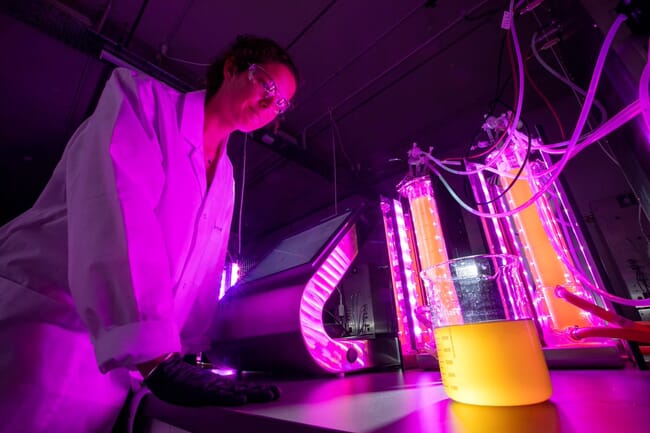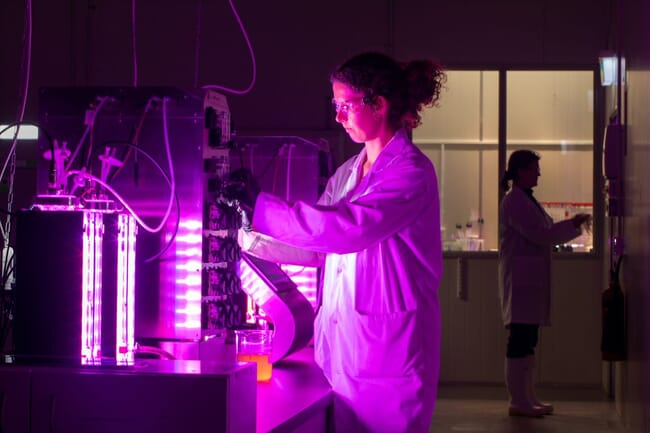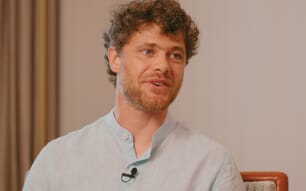
Cawthron Institute has announced they have developed a reliable and commercially scalable method for producing neosaxitoxin, a potent toxin from the paralytic shellfish toxin family, that can be combined with existing local anaesthetics for use as a local anaesthetic during and after surgery in post-operative patients.
All the local anaesthetics currently on the market are of two chemical classes, amino-amides and amino-esters, and they have changed very little over the past 50 years. Neosaxitoxin is the first member of the class of molecules called site 1 sodium channel blockers to be used in human clinical trials as a local anaesthetic.
Dr Johan Svenson, Cawthron Institute’s Science Leader for Algae and Bioactives research, says this is a globally significant scientific innovation that demonstrates Cawthron Institute’s world leading expertise in algal biotechnology and bioactive compound extraction and purification.
“Cawthron Institute has decades of experience producing compounds from algae for a range of scientific purposes. When we began our collaboration with researchers at Boston Children’s Hospital on the development of a neosaxitoxin-based pain medication, we were confident we could develop a reliable method of production of a high-purity product, even though no other research institute before us had achieved this feat,” Dr Svenson says.
“Producing commercial quantities of algae is a complex business – figuring out how to grow it is challenging enough, but then you still need the capability to extract and purify the bioactive compound, and in the case of neosaxitoxin, there was a chemical conversion step that we have developed and patented to achieve the level of purity required.”
Dr Charles Berde, co-founder of the Pain Treatment Center in the Department of Anesthesiology, Critical Care and Pain Medicine at Boston Children’s Hospital and Professor of Anaesthesia at Harvard Medical School, has been co-leading the development of a neosaxitoxin-based local anaesthetic for over two decades alongside his colleague Dr Daniel Kohane. Dr Kohane is Director of the Laboratory for Biomaterials and Drug Delivery and Vice Chair for Research in the Department of Anesthesiology, Critical Care and Pain Medicine at Boston Children's Hospital and Professor of Anaesthesia at Harvard Medical School.

“Our motivation to develop this drug was to provide more effective pain relief for both children and adults following surgery. Opioid analgesics produce side-effects and can be addictive, so there is a great interest in developing better non-opioid approaches to pain relief,” Dr Berde says.
Phase 1 clinical trials have been completed in the US and Europe and showed very good safety and effectiveness in achieving more prolonged duration of local anaesthesia for infiltration and nerve blocks compared to the traditional local anesthetic, bupivacaine.
“The next steps are to take this drug through Phase 2 clinical trials, and although there is always uncertainty during the FDA approval process, we are optimistic about the prospects of neosaxitoxin and hope to see it approved and on the market in the coming years.”
Dr Berde is the keynote speaker at Cawthron Institute’s virtual Annual Thomas Cawthron Memorial Lecture on Tuesday 19 October.
His address is open to the public and will live-stream from 5.30pm on Tuesday 19 October.




